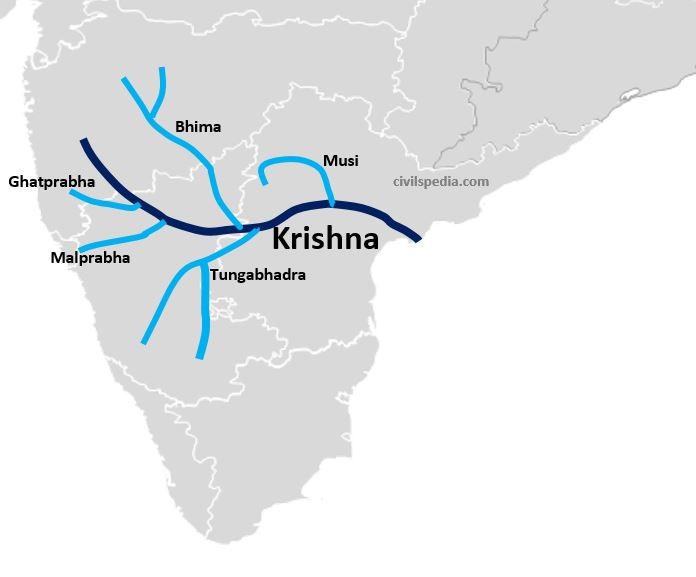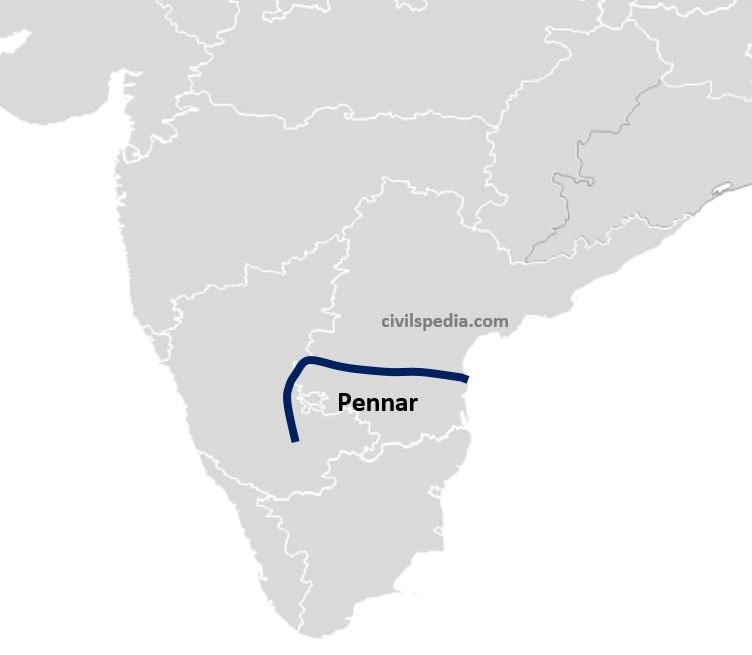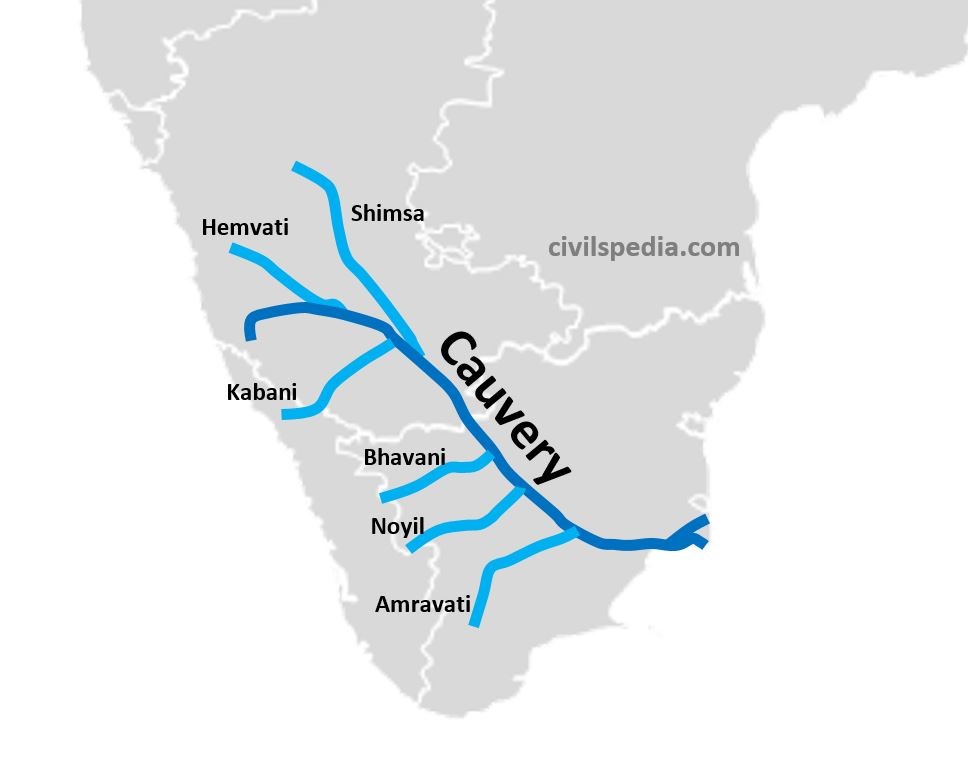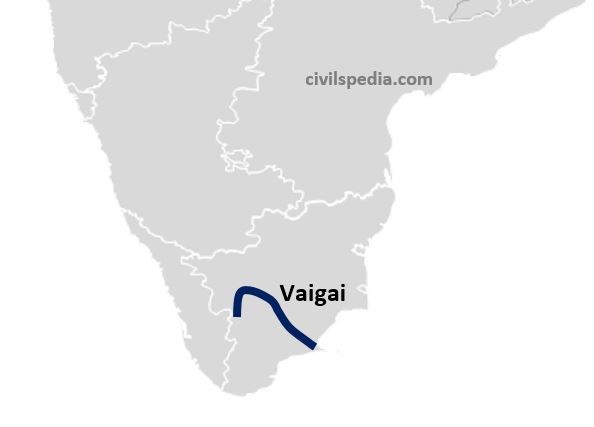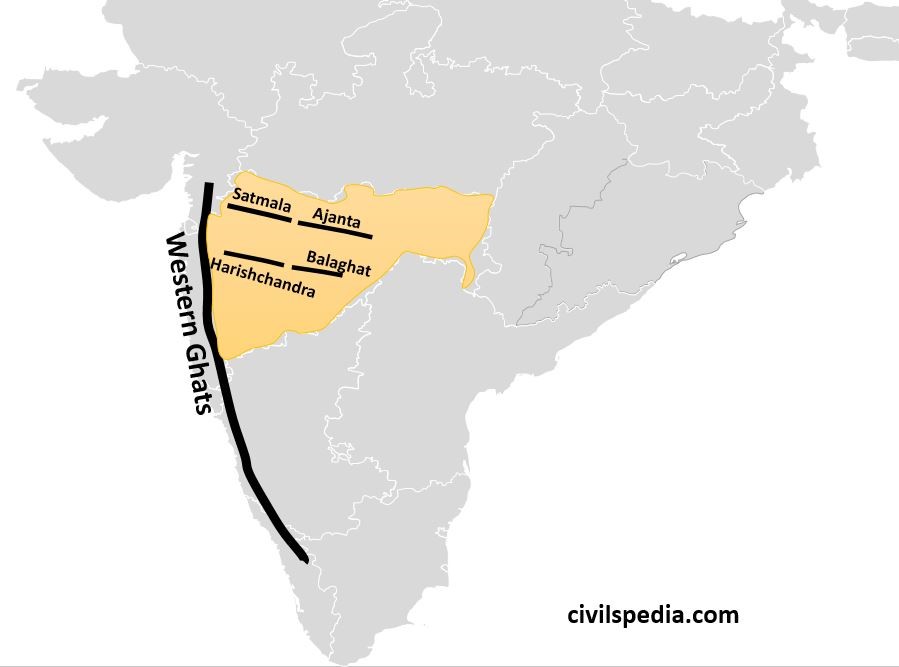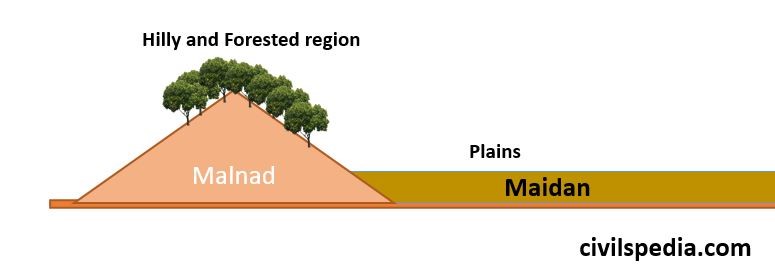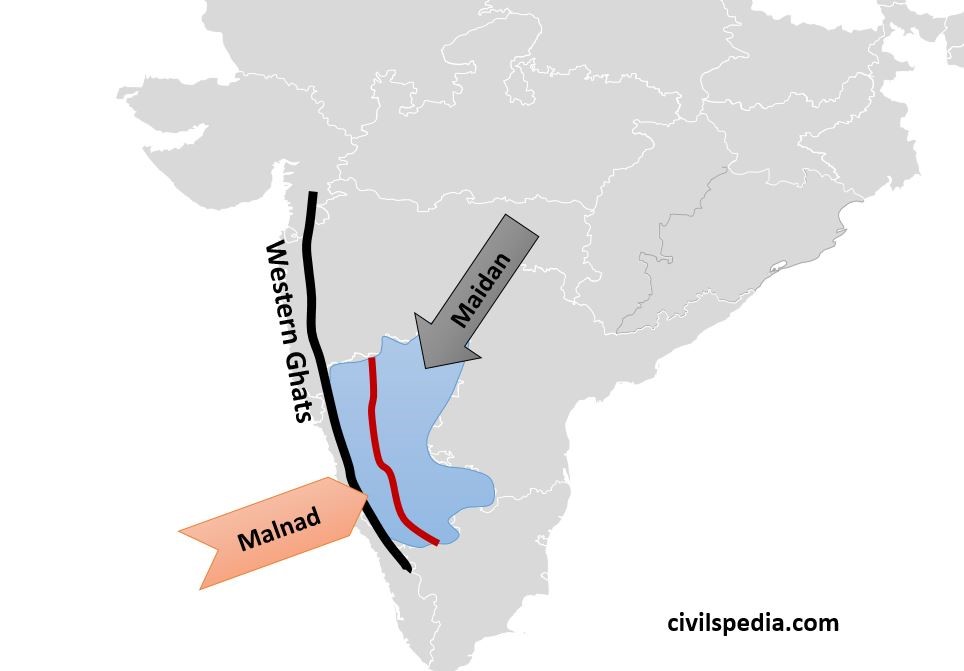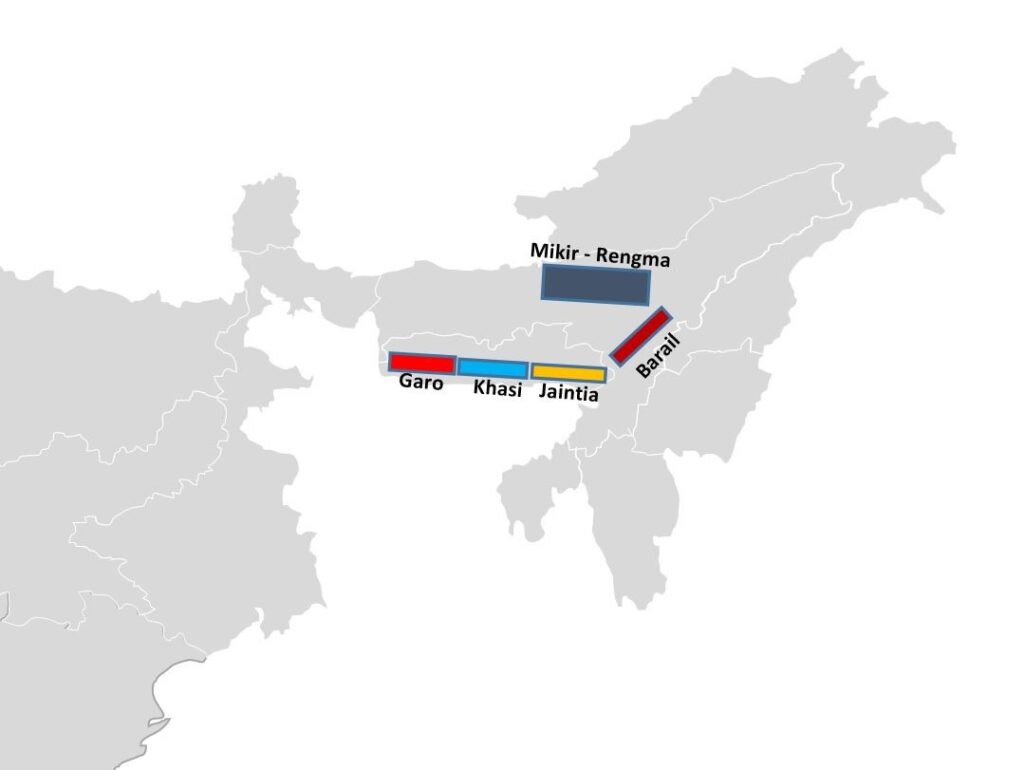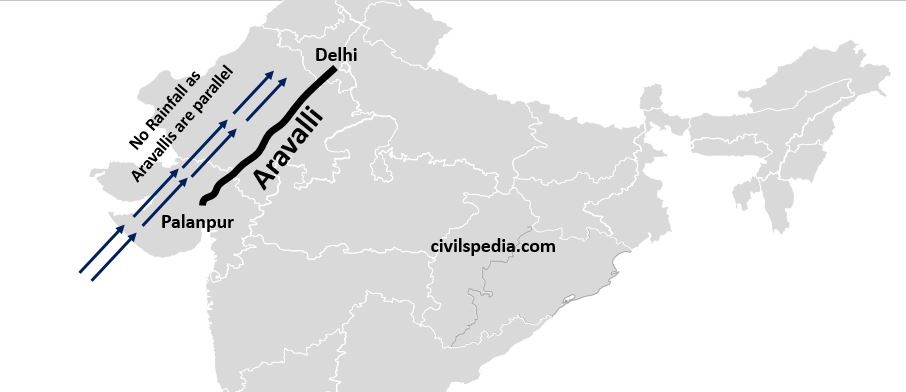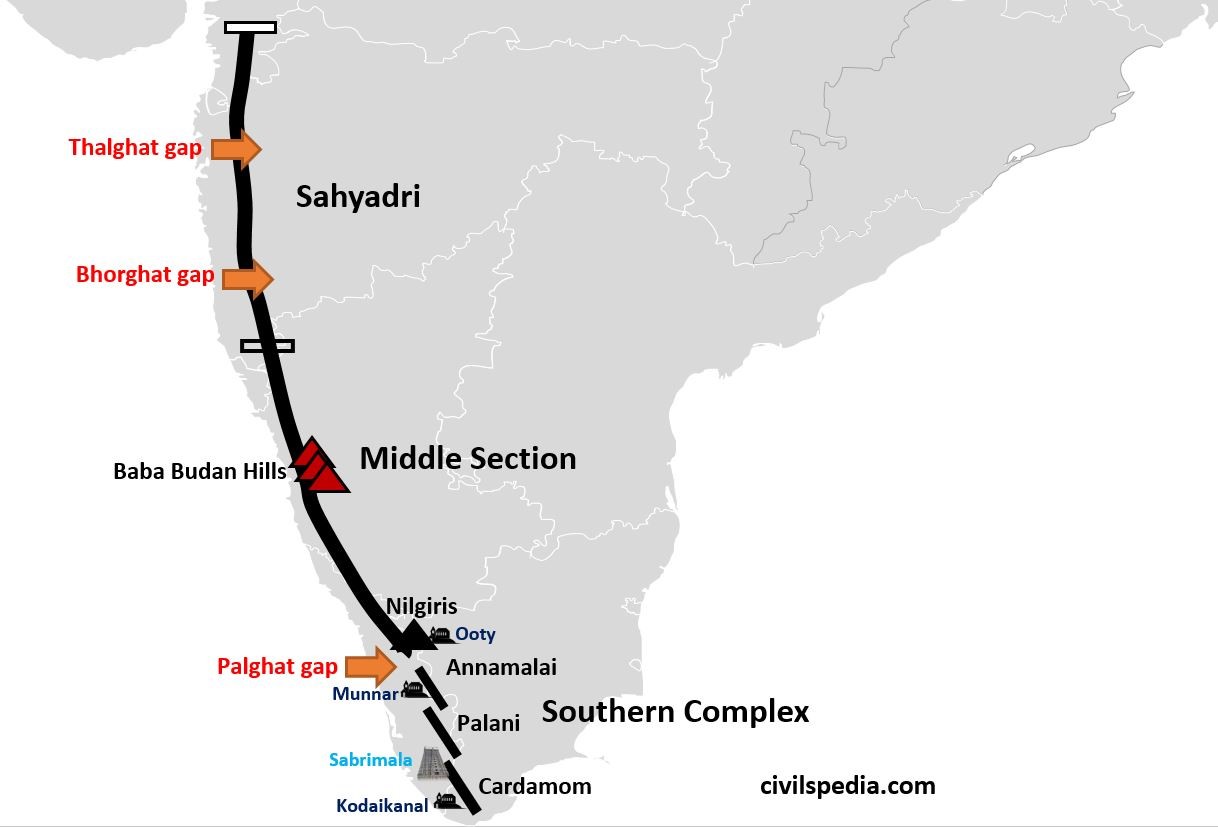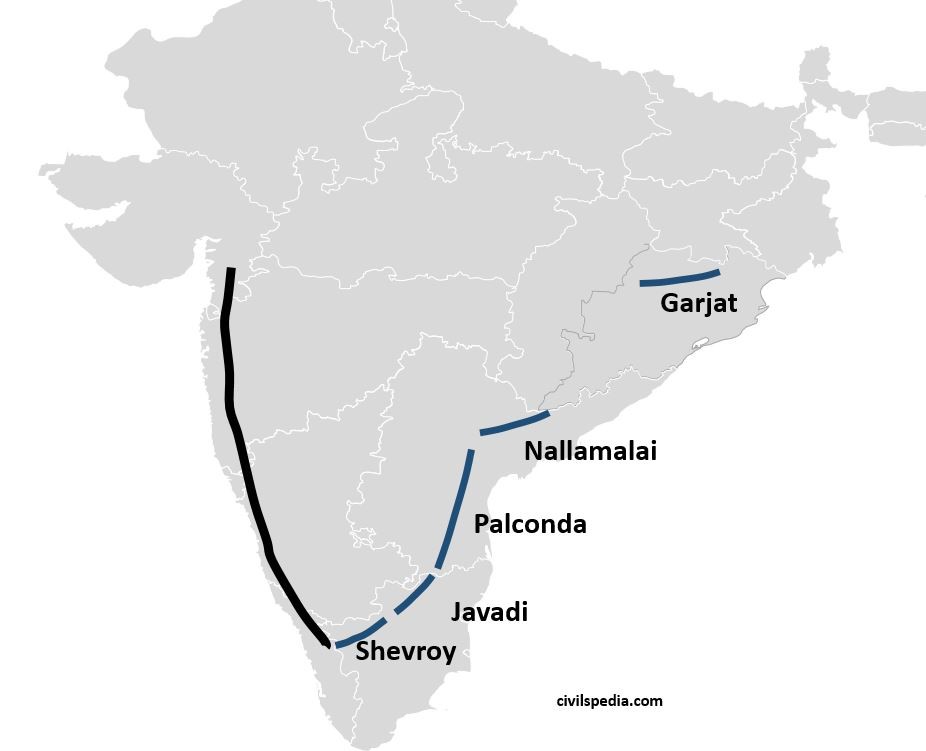Last Updated: May 2023 (Ethical Governance in India)
Ethical Governance in India
This article deals with the topic titled ‘ Ethical Governance in India (UPSC Notes) .’ This is part of our series on ‘Ethics’. For more articles, you can click here.
Introduction
Ethical Governance is a corruption-free, moral and people-centric government.

Philosophical Basis of Ethical Governance
People think that concept of Good Governance is modern. But they are wrong. Many times in past, scholars have conceptualized what constitutes good governance.
Kautilya
- Kautilya, in his Arthashastra, wrote, “In the happiness of subjects lies the happiness of king and in the welfare of subjects lies the welfare of king. ” Hence, he has written about Citizen-Centric Government.
- Kautilya has also highlighted the corruption & given the concept of Kantakshodhana, i.e. king should purge those elements strictly.
Gandhi’s Vision of Ramrajya
- The vision of Ramrajya, or the ideal state, involves Governance based on Moral Principles like nonviolence, truth, and righteousness.
- Gandhi said that government which is not working in the people’s interest is morally corrupt.
- Swaraj, i.e. Self Rule, is one of the pillars of his Ramrajya or Good Governance.
Aristotle
He has divided the government into two parts
- Perverted Government: Power is used in the interest of the ruling class
- Legitimate Government: Power is used in the public interest
8 Characters of Ethical Government
Rule of Law
- Rule of Law involves governance based upon rules and regulations
- In modern times, these rules & regulations are codified in the country’s constitution and laws.
People’s Participation
- Real democracy doesn’t just mean voting to elect government but the participation of people in governance itself.
- The mechanism of people’s participation in contemporary times are
| Conventional Tools | – Voting – Pressure Groups |
| New & Contemporary | – Panchayati Raj Institutions & Gram Sabha – RTI – Social Auditing – Citizen Charter – e-Governance (C2G) – Social Media (change.org, online petitions) |
Consensus Orientation
- Consensus Orientation in governance involves seeking input from various individuals and groups affected by a decision or policy, aiming to reach a consensus that considers the diverse perspectives and interests involved.
- Ethical Governance is opposite to the ‘Winner takes All’ approach.
Equity and Inclusiveness
- The distribution of resources should be based on the principle of equity so that different sections of society receive these resources based on their need
- Inclusiveness involves including weaker sections in decision-making.
Effective and Efficient
- Effective government achieves the targets in the stipulated time.
- An efficient government is one which delivers maximum with minimum resources
Accountable
- Discussed separately (CLICK HERE)
Transparent
- The literal meaning of Transparency is openness
- Tools of Transparency include RTI, E-Governance etc.
- Dealt exclusively in a separate article (CLICK HERE)
Responsive
- A responsive government is one which positively responds to people’s demands, needs and aspirations in a timely manner.
Impediments to Ethical Governance in India
The whole scene has to be seen in the context of
- Corruption, Nepotism and Crony Capitalism
- Misuse of power in personal interest
- Red Tapism: Undue delay in public service delivery because of complex procedures
- Lack of Transparency
- Weak Accountability
- Lack of public participation in decision making
- Bureaucratic apathy, particularly towards weaker sections of society
- Status quo and elitist orientation of bureaucracy
- Politicization of Bureaucracy
- Criminalization of politics
How to Strengthen Ethical Governance
For this, we need to take various steps in various fields
1. Political Structure
- Enforce expenditure limits on elections strictly
- Bring Political Parties under RTI
- Remove excessive protection given to tainted politicians
2. Statutory Structure
2nd Administrative Reforms Commission (ARC) has given various recommendations in this regard
- Amend the Prevention of Corruption Act
- Integrity Pacts – When Government Organisation signs any contract with a Private organization, sign integrity pacts stating that if Private Organisation is found involved in any wrongdoing, the contract will cancel automatically.
3. Institutional Structure
- Strengthen and give more teeth to CVC, Lokpal, CBI etc.
4. Social Infrastructure
Take help of society in reducing corruption and increasing Ethical Governance
- Give Civic Education in Schools.
- False Claims Act (USA): If you think there is wrongdoing in some organization, gather evidence & produce it before the court. If the fine is imposed on that organization, some portion of money from that fine will be given to the litigant.
- Social Audit: Social Audit is the audit through client or beneficiary groups or civil society groups (i.e. stakeholders) to ensure the social accountability of an organization.























